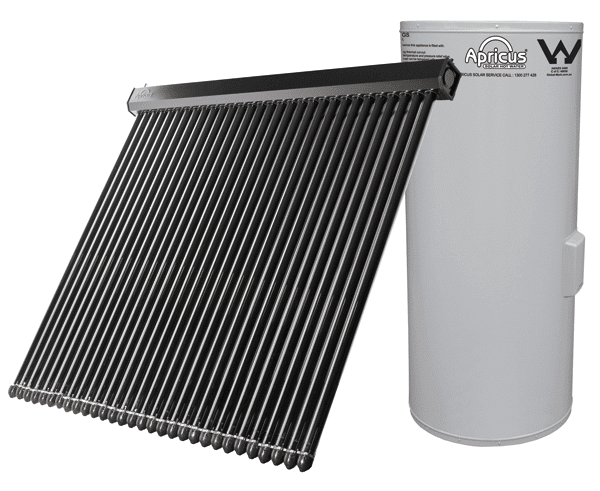
You could be standing in the shower, when suddenly the water pressure drops. It can be an absolutely horrible issue and you could end up paying big money for water pumps or expensive water heater repairs that will only be temporary. Low water pressure is a common nuisance for many homeowners. Inadequate water pressure can cause many issues withing your daily life by making it difficult to do things like washing the dishes or taking a quick shower before running out the door in the morning.
Do you experience low water pressure in your home even though the pipes are new? Contact us now, and we’ll send one of our experts right on over! There are several possible causes, but we can find the issue and install a water pressure booster at the water meter if nothing else works. The first step in dealing with low water pressure is determining if you have a problem. The simplest way to test your water pressure is to use a gauge. We can handle this whole process easily and affordably to help get your water pressure back to what it should be.
Step 1: Test the Water Pressure
If the reading is lower than 25 psi or above 80, you can be certain that you are dealing with water pressure problems and need to correct them.
Step 2: Check your Pressure Reducing Valve
If the gauge is not working or you cannot see it or do not have one, Get in touch with us at 1800 633 920 for free to find and/or replace the valve for you.
Step 3: Adjust your PRV
Give us a call today and we can take care of all of these steps for you to save your time and any risk of further damage.
Do your toilet and sinks take forever to fill up, or do you have to wait an extra-long time in the shower in the morning? There is an easy fix to your lack of water pressure. When you call Anytime Hot Water, we will replace your full piping and valves, repair faulty pipes, or restore your flow as necessary. By hiring our team, you can rest assured that we will do a great job and won’t overcharge you for our work. Check out our prices. Most homes experience low water pressure at some point. It can be caused by various factors, including sediment buildup in the pipes, faulty valves or a clogged aerator.
Fortunately, there are many ways to deal with low water pressure. We’ve listed below some of our favourite tips for coping with low water pressure – without spending a fortune or doing a complete overhaul.
The following are just some of the hot water systems we have available. If you are looking for a specific system not listed below, call us today and speak with an expert.
Are you dealing with your low water pressure? Call Anytime Hot Water specialists 1800 633 920 to fix your problem today and book our services! Don’t let low water pressure get the best of you. Let us help you solve the problem! Call Anytime Hot Water Specialists today for a Free Quote!
